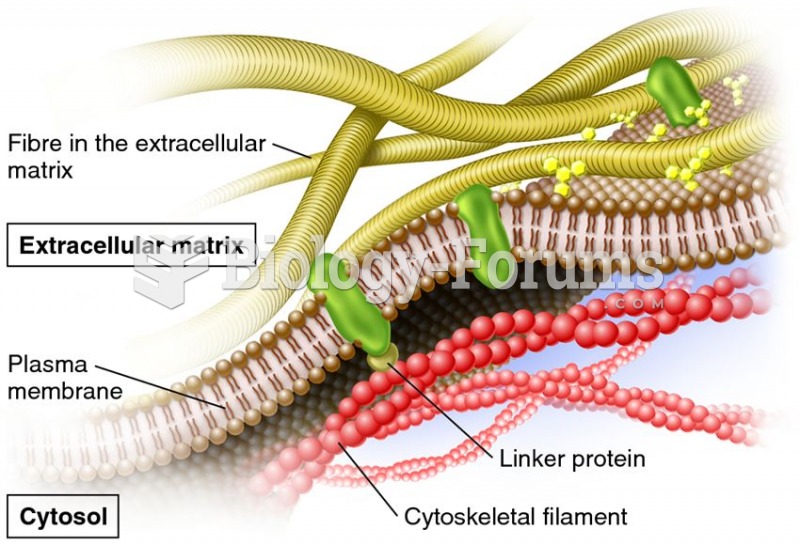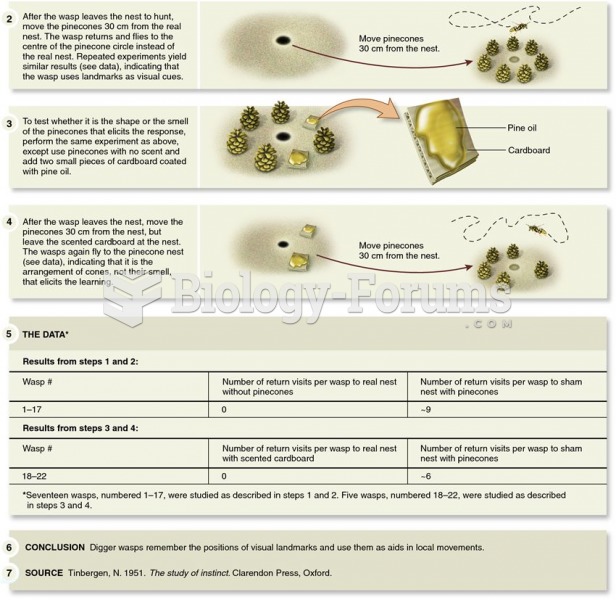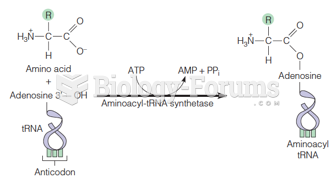Answer to Question 1
a
Answer to Question 2
A physiological explanation relates a behavior to the activity of the brain and other organs. It deals with the machinery of the bodyfor example, the chemical reactions that enable hormones to influence brain activity and the routes by which brain activity controls muscle contractions.
An ontogenetic explanation describes how a structure or behavior develops, including the influences of genes, nutrition, experiences, and their interactions. For example, the ability to inhibit impulses develops gradually from infancy through the teenage years, reflecting gradual maturation of the frontal parts of the brain.
An evolutionary explanation reconstructs the evolutionary history of a structure or behavior. The characteristic features of an animal are almost always modifications of something found in ancestral species. For example, bat wings are modified arms, and porcupine quills are modified hairs. In behavior, monkeys use tools occasionally, and humans evolved elaborations on those abilities that enable us to use tools even better. Evolutionary explanations call attention to behavioral similarities among related species.
A functional explanation describes why a structure or behavior evolved as it did. Within a small, isolated population, a gene can spread by accident through a process called genetic drift. For example, a dominant male with many offspring spreads all his genes, including some that helped him become dominant and other genes that were irrelevant or even disadvantageous. However, a gene that is prevalent in a large population probably provided some advantageat least in the past, though not necessarily today. A functional explanation identifies that advantage.







